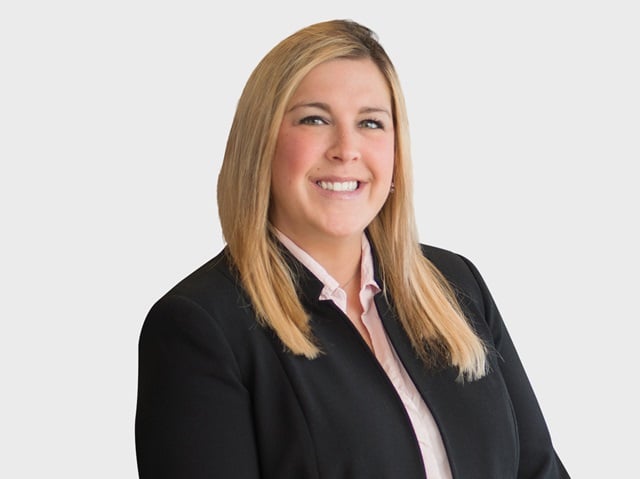For the sixth consecutive year, the pet insurance industry experienced double-digit growth, according to a new report from the North American Pet Health Insurance Association (NAPHIA). NAPHIA’s “2021 State of the Industry Report” shows a record $2.174 billion in-force gross written premium in 2020 (up more than 26% from $1.717 billion in 2019) and 3.1+ million dogs and cats insured across North America (up 22.5% from more than 2.81 million pets insured in 2019).
The Report highlights the types of coverage available for pets, including accident only (i.e., foreign body ingestion, lacerations, motor vehicle accidents, ligament tears, poisoning, etc.); accident and illness (accident benefits plus illness such as cancer, infections, digestive problems, etc.); and insurance with embedded wellness (i.e., comprehensive plans that may include vaccinations, early screening diagnostics, consultations for proper nutrition, dental care, etc.). As with other types of insurance, there are endorsements which target wellness or specific illnesses.
NAPHIA has identified the top 10 U.S. states with the highest percentage of insured pets and gross written premium. Perhaps unsurprisingly, California tops the list with 21.1% of gross written premium (over 10% more than other states), with New York next in line with 9.6% of gross written premium. There is a smaller spread, ranging from 3.3% to 6.1% of gross written premium, among those states that follow and span across the country (Florida, New Jersey, Texas, Massachusetts, Pennsylvania, Washington, Colorado and Illinois).
In a recent press release, NAPHIA’s Board of Directors’ president cited several reasons for the “maturing” pet insurance sector, including “the introduction of new products from large companies entering the market; ongoing discussions with government regulators to create a stronger regulatory framework for the industry in the U.S.; and a significant increase in the volume of claims being processed, in association with the increased numbers of insured pets.” Most notably, however, is the effect of COVID-19 on the industry’s growth: more time spent working at home with our furry friends and an increase in overall pet adoptions drove a stronger desire to mitigate any risks to the health of our four-legged family members.
At the same time as the industry experiences such tremendous growth, the National Association of Insurance Commissioners (NAIC) continues its efforts to create a model law for pet insurance that is both consumer-friendly and favorable for insurers. However, NAPHIA recently expressed concerns about the impact of possible regulation on the industry in a comment letter to the NAIC’s Pet Insurance (C) Working Group in connection with its late April meeting discussing the model law draft. NAPHIA notes concern about model legislation that sets the terms and coverage of a voluntary insurance product like pet insurance because doing so may limit consumer choice.
Specifically, NAPHIA has asked the NAIC to:
- Eliminate the renewal-related language and related preexisting condition and waiting period restrictions. Instead of prohibiting renewals, NAPHIA suggests that the model law include clear disclosures to consumers about how product renewals operate. Disclosures could include how any preexisting condition exclusion applies upon renewal and the time period of a term policy.
- Allow for continued use of waiting periods in pet insurance policies, which in turn controls premium costs and allows for greater consumer access to the industry.
- Add and revise any drafting note to clarify that an insurer can use all verifiable sources to prove that an exclusion applies under the definition of “preexisting condition.” Verifiable sources include veterinary records, shelter records, police reports, prior insurance claims, and any other records provided by providers, insurers and owners.
NAPHIA’s goal appears to stem from the desire to provide consumers with broad access to fairly priced pet insurance and advocate for regulations that will lead to the industry’s continued growth and success. What remains to be seen is how the Working Group will create a regulatory framework that improves industry transparency — with no monkey business — while at the same time limiting rigid requirements that could shrink the consumer base. We will continue to follow developments related to the model and other issues affecting the pet insurance market to bring you updates.
.svg?rev=a492cc1069df46bdab38f8cb66573f1c&hash=2617C9FE8A7B0BD1C43269B5D5ED9AE2)




